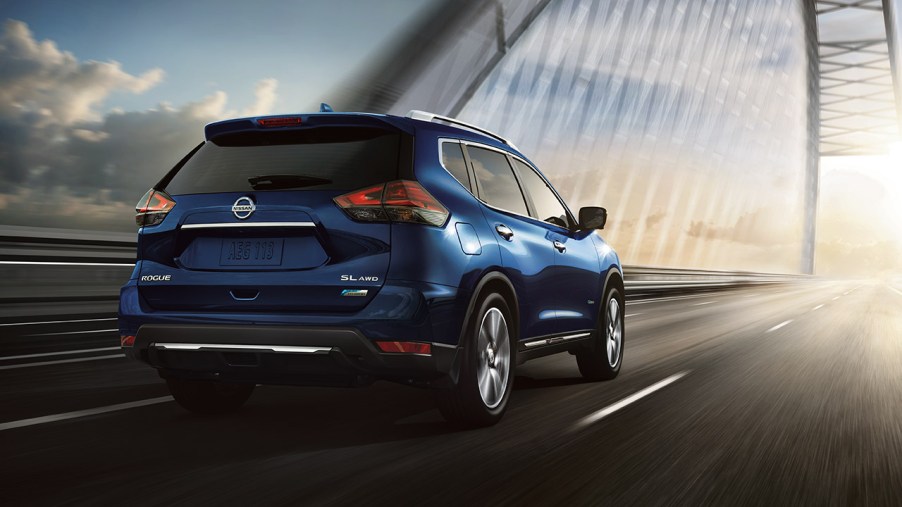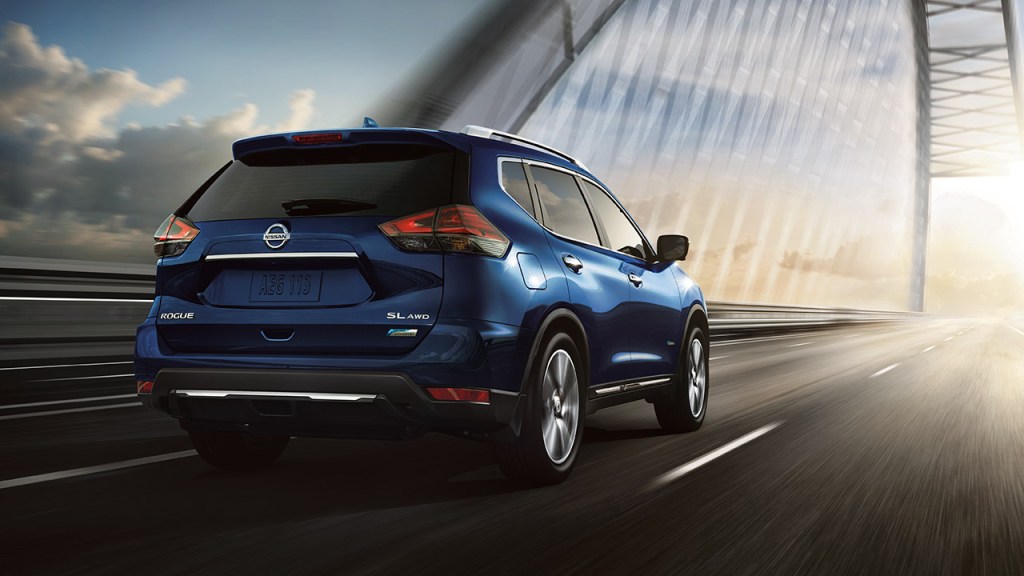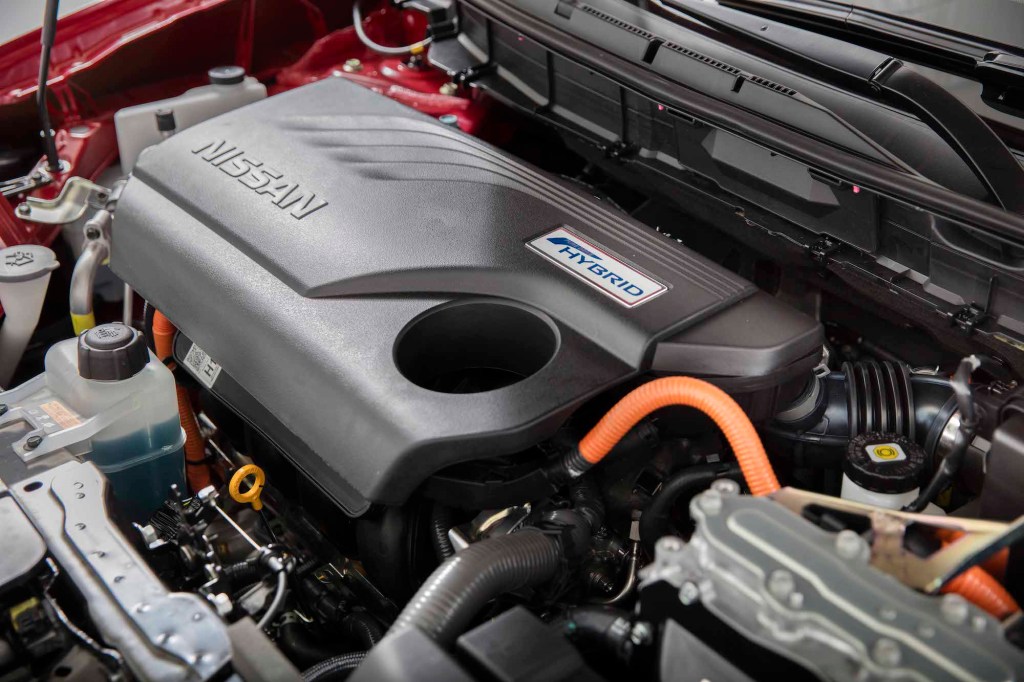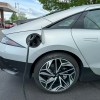
Why Did Nissan Stop Making the Rogue Hybrid?
When it comes to hybrid compact crossovers, there are many to choose from, however, the Nissan Rogue Hybrid is no longer one of them. It had a short life and it did well in presenting a good value proposition for those looking for something fuel-efficient but with more space than the average Toyota Prius. But now, it’s gone. Why did Nissan discontinue the Rogue Hybrid?
The Nissan Rogue Hybrid didn’t cost that much more
The Nissan Rogue hybrid debuted for the 2017 model year and was met with heavy competition from the existing Toyota RAV4 hybrid. However, in order to remain competitive, Nissan took its existing Rogue platform and added the hybrid system to it. The beauty of the Rogue is that it’s the only crossover in the segment to offer the option of a third row due to it being much longer than the competition. In fact, it’s a full five inches longer than the Honda CR-V, which is why it’s able to accommodate the extra seat space. Although, with the hybrid version, Nissan used that third-row space for the battery pack.
Despite only being a five-seater, the Rogue Hybrid still had more passenger room than the competition and, on top of that, it only cost around $2,800 more than the non-hybrid Rogue. It was was also available in both front- and all-wheel-drive variants making it versatile for every buyer.

The Rogue Hybrid’s powertrain was efficient

The main highlight, of course, was the Rogue Hybrid’s powertrain. Instead of the 2.5-liter, four-cylinder engine that the normal Rogue came standard with, the Rogue Hybrid used a 2.0-liter engine that was paired to a 40 hp electric motor and mated to a CVT transmission. The total combined output of the Rogue Hybrid was 176 horsepower, compared to the non-hybrid’s 170 horsepower. It wasn’t much of a jump, but the real silver lining was the increased fuel economy.
The gas-only Nissan Rogue was rated at a combined 29 mpg, while the Rogue Hybrid achieved a combined 34 mpg, which was also 2 mpg more than the RAV4 Hybrid. But the Rogue Hybrid also had one other trick up its sleeve: it’s all-wheel-drivetrain. On the RAV4 Hybrid, the all-wheel-drive system includes an 80 hp electric motor that powers the rear wheels, which means that it can only put out a limited amount of power back there. The Nissan Rogue Hybrid, on the other hand, utilized a truly mechanical system, which meant that it could send more power to the rear wheels without the risk of overheating, as some electric motors tend to do.
Despite the fuel efficiency, the Rogue Hybrid got the ax
While the Nissan Rogue Hybrid did offer much better fuel economy numbers than its gas-only counterpart as well as some stiff competition for the Toyota RAV4 Hybrid, it eventually was discontinued by the brand at the end of the 2019 model year. The main reason being slow sales and a representative from Nissan was even quoted saying that the Rogue Hybrid was “a small part of the overall sales mix for the Rogue.”
While another one bit the dust for the hybrid crossover segment, we’re sure that there will be many more to come in the future. But for now, if you want a Nissan Rogue Hybrid, you’ll have to look in the used car market.



